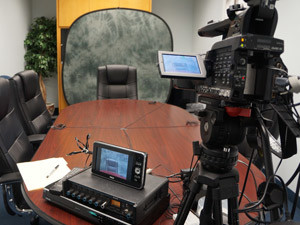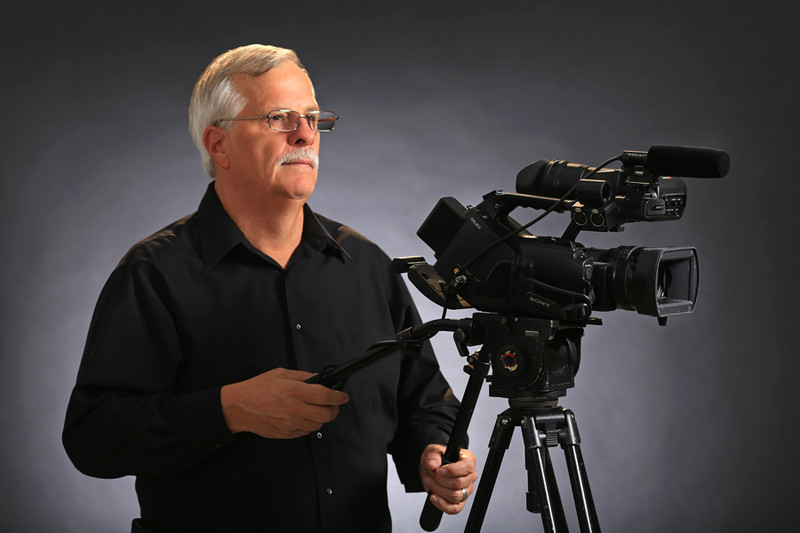Why Legal Videography is Becoming an Essential Tool for Attorneys
Why Legal Videography is Becoming an Essential Tool for Attorneys
Blog Article
Why Lawful Videography Is Critical for Accurate Court Recordings
The function of legal videography in court room setups can not be overemphasized, as it functions as a vital tool for protecting the integrity of court records. By catching both verbal and non-verbal interaction, it improves the clearness of witness statements and shows the subtleties of courtroom interactions. This comprehensive paperwork not only help in lowering possible misunderstandings but also supports appellate evaluations, thus strengthening the judicial process. However, the effects of integrating lawful videography into standard courtroom methods raise important concerns regarding its wider influence on the legal system. What might these implications involve?
Value of Visual Evidence
In the world of lawful procedures, the importance of aesthetic evidence can not be overemphasized. Aesthetic evidence offers as an effective tool in developing facts, substantiating testaments, and boosting the general clearness of a situation. This kind of proof, which consists of pictures, video clips, and diagrams, can give a tangible context that spoken descriptions frequently do not have, thereby offering juries and courts a clearer understanding of the situations bordering an instance.
Additionally, visual evidence help in the retention of information. Human cognition is inherently aesthetic, and individuals are much more most likely to keep in mind and understand details presented in an aesthetic format. In the court room, this can be vital, as compelling aesthetic evidence can guide point of views and enhance the story provided by legal agents.
In addition, using aesthetic proof can lessen misconceptions and obscurities that frequently occur from spoken exchanges. By supplying a straight representation of events, visual evidence aids to get rid of subjective analyses and fosters a much more unbiased examination of the facts. Consequently, the combination of visual evidence right into lawful procedures not just reinforces the stability of the judicial procedure yet additionally enhances the likelihood of achieving a simply result.
Capturing Non-Verbal Hints
Making use of sophisticated videography strategies can substantially improve the capture of non-verbal signs throughout legal process. Non-verbal communication, consisting of face expressions, body language, and eye call, plays an essential function in sharing emotions and intents that might not be clearly stated in spoken testament. legal videography. Lawful videography utilizes high-def cameras and calculated angles to ensure that these refined cues are recorded with clarity and precision
The ability to evaluate non-verbal habits can provide beneficial context to statements made during court sessions. For example, a witness's unwillingness or self-confidence can be interpreted via their position or gestures, possibly affecting the court's perception of credibility. Additionally, using close-up shots can assist concentrate on a speaker's expressions, permitting a much more nuanced understanding of the statement.
Furthermore, integrating numerous video camera angles can create a comprehensive view of communications, highlighting Check This Out characteristics between celebrations entailed. This diverse strategy not only boosts the accuracy of the court record but additionally aids in maintaining the integrity of the judicial procedure - legal videography. Ultimately, catching non-verbal cues via legal videography fosters a richer, a lot more total depiction of courtroom proceedings

Enhancing Statement Dependability
The integrity of statement can be dramatically bolstered via using premium legal videography. Video recordings offer as an unbiased medium that records not only the talked words of witnesses yet likewise the subtleties of their delivery, including tone, pacing, and emotional expressiveness. This diverse documents offers a clearer understanding of the witness's reliability and intentions, which can be crucial in legal process.
Furthermore, lawful videography minimizes the potential for misconceptions that might occur from written transcripts alone. When jurors can observe a witness's demeanor and body language together with their testament, they are much better outfitted to analyze the credibility and integrity of the proof offered. This visual context can reinforce the testimonial narrative, making it extra compelling and reputable.
In addition, the presence of a video clip recording can prevent possible variances in testament. Witnesses may be more careful in their statements when they know they are being tape-recorded, resulting in even more accurate and honest accounts. On the whole, high-grade lawful videography improves the stability of testimony, making sure that the court has access to a complete and honest representation of the facts as conveyed by the helpful site witnesses.
Sustaining Appeals and Reviews
Legal videography plays a critical role in sustaining appeals and testimonials by supplying a comprehensive aesthetic record of court room process. This aesthetic documentation records not only the talked words of witnesses and attorneys but additionally the subtleties of body language, tone of voice, and courtroom characteristics. Such aspects can be essential in recognizing the context of testaments and disagreements provided.
In the appellate process, where the focus is on errors of legislation and procedural justness, a video clip document can serve as a crucial device for appellate courts. It allows courts to evaluate the initial trial context, making sure that choices are based upon a complete understanding of the procedures. The capability to visually examine the demeanor of witnesses or the interactions between parties can disclose understandings that created records may neglect.

In addition, lawful videography can aid in clarifying ambiguities in statements or procedural judgments, therefore reinforcing the basis for an allure. By providing a dependable, objective account of what transpired in court, lawful videography not just sustains the integrity of the legal process but likewise equips all events included to make enlightened decisions concerning their instances.
Enhancing Court Procedures
Enhancing courtroom performance, legal videography streamlines processes by offering immediate access to aesthetic records of procedures. This innovation allows judges, attorneys, and courts to review crucial testimony and proof, ensuring that all events have a clear understanding of the situation. By recording the subtleties of verbal and non-verbal communication, videography enhances the record, making it less complicated to realize navigate to this website the context and weight of statements.

In addition, video clip recordings can promote remote participation in hearings, enabling for higher flexibility in scheduling and engagement, which is especially valuable in complex situations including multiple stakeholders.
Conclusion
In conclusion, lawful videography plays an important role in making certain exact court recordings by providing vital aesthetic evidence that catches both spoken and non-verbal communication. This practice boosts the reliability of testaments, supports appellate evaluations, and simplifies courtroom procedures. By fostering a detailed understanding of court room dynamics, legal videography inevitably adds to a lot more equitable judicial results, reinforcing the integrity of the lawful system and assisting in informed decision-making.
Report this page